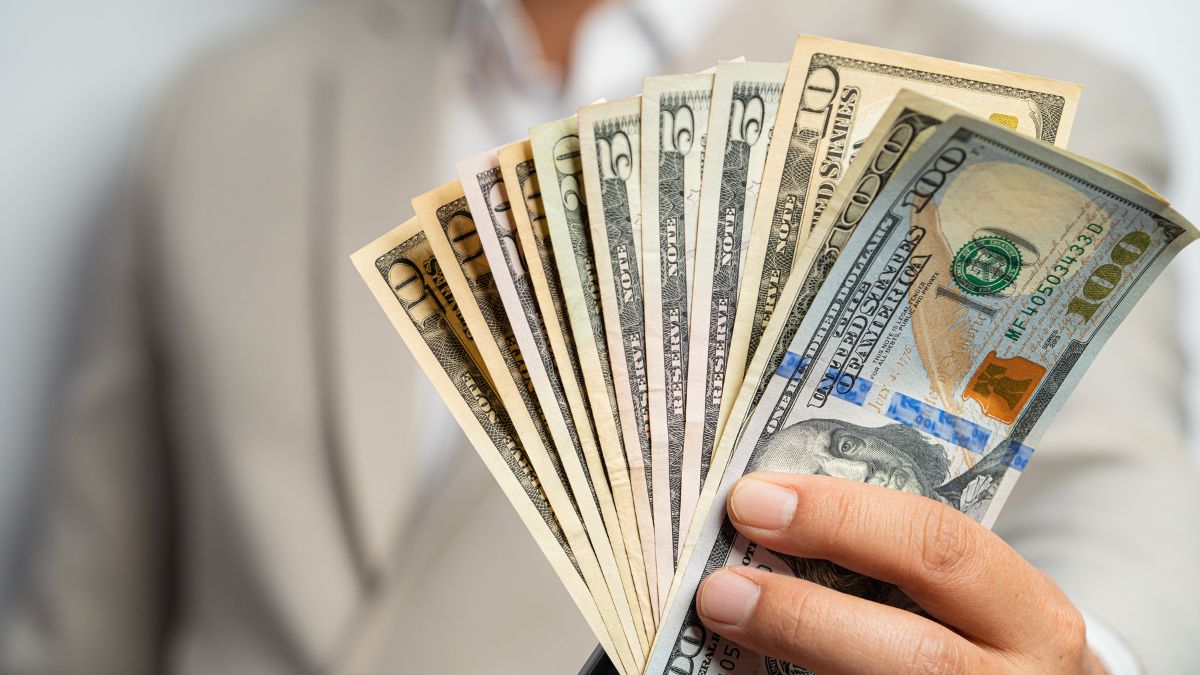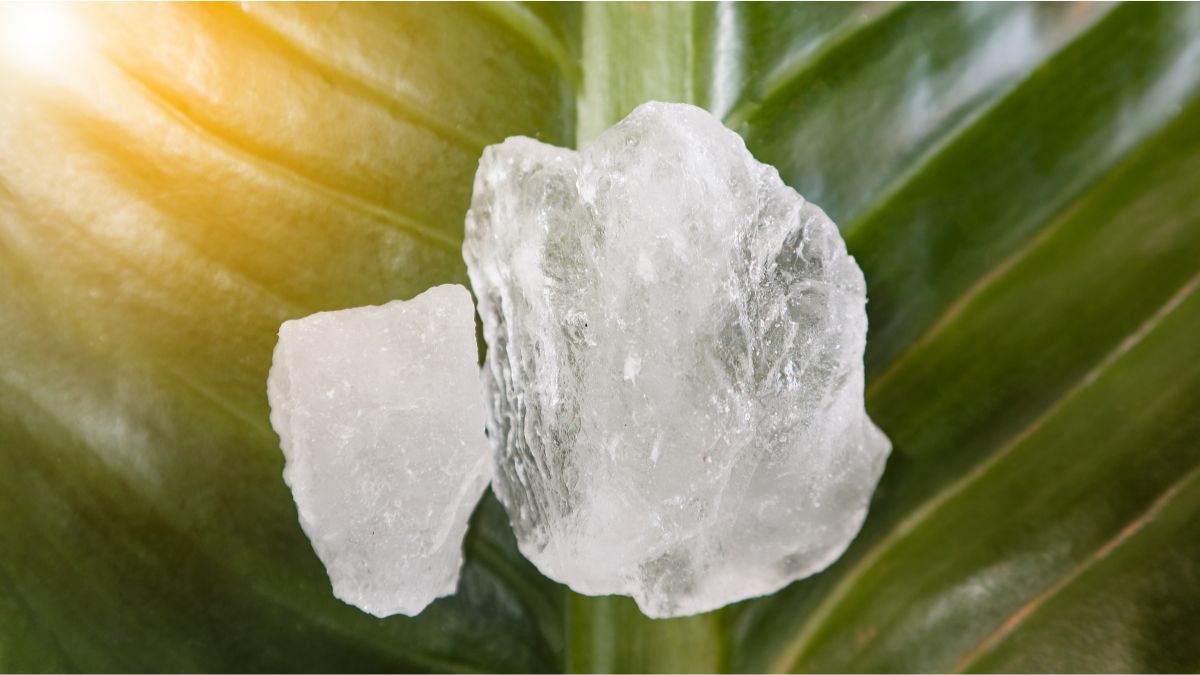In today’s digital world, scams are becoming more sophisticated, and many people are wondering, “Are those $697 direct deposit checks real or fake?” If you’ve received an unexpected check for exactly $697 or heard of such offers, you might be questioning whether it’s a legitimate opportunity or just another scam designed to steal your personal information. This article will explore the nature of $697 direct deposit checks, look at common scams linked to them, and provide tips for recognizing fake offers.
What Are $697 Direct Deposit Checks?
$697 direct deposit checks typically appear in online offers, often advertised via social media, emails, or suspicious websites. These offers generally promise that you can earn $697 through direct deposit by signing up for an online service, completing a task, or sharing personal details.
These checks may seem tempting because they offer an easy way to make money, and many are curious about the idea of receiving direct deposits with minimal effort. However, there’s usually a catch — most of these offers are fraudulent or misleading.
Direct Deposit: How It Works
Direct deposit allows money to transfer electronically into a bank account, eliminating the need for paper checks. Employers commonly use direct deposit for payroll, and government payments like tax refunds or Social Security benefits also use it. Scammers, however, have adapted this legitimate system to trick people into revealing their personal information or paying upfront fees.
Common Types of $697 Direct Deposit Scams
1. The Work-From-Home Scam
One of the most common scams involving $697 direct deposit checks is the “work-from-home” scheme. In this scenario, scammers lure people with the promise of easy money. They claim that individuals can earn $697 quickly by completing tasks like data entry, surveys, or product reviews. Once someone signs up, the scammer asks for personal details, including their bank account or social security number.
Once the victim provides this information, scammers use it to steal money or open fraudulent accounts in the person’s name. In many cases, the promised payment never comes.
2. The Upfront Payment Scam
Another version of the $697 direct deposit scam involves requesting an upfront payment. Scammers tell people that they must pay a “processing fee” or “membership fee” before they can receive the promised $697 payment via direct deposit. The scammer may even assure the victim that they’ll refund the payment after the money is sent.
This scam typically targets individuals looking to earn money quickly. Once the victim sends the requested payment, they are left with nothing, as the scammer vanishes without a trace.
3. Fake Survey or Sweepstakes Offers
Scammers also use fake survey or sweepstakes offers to promote $697 direct deposit checks. They promise a huge cash prize or reward for completing a survey or entering a sweepstakes, claiming they will send a direct deposit of $697 once the person provides certain details, such as their bank account number.
However, these promises rarely result in actual payments. Instead, victims often discover that their personal information is misused, or they are tricked into subscribing to unwanted services or products.
How to Identify Real and Fake $697 Direct Deposit Checks
1. Examine the Source
The first step in determining if a $697 direct deposit check is real or fake is to check the source of the offer. Legitimate offers typically come from well-known companies or government programs. If the company behind the offer is unfamiliar or if the offer seems too good to be true, it’s likely a scam.
- Check the company’s website: If the offer claims to come from a business or organization, visit their official website to confirm the offer’s legitimacy.
- Look for contact information: Scams often lack detailed contact information, or the provided details lead to non-existent phone numbers or email addresses.
2. Look for Red Flags
There are several warning signs that can help you spot a fake $697 direct deposit offer:
- Unsolicited offers: If you didn’t sign up for an offer or sweepstakes, treat it with suspicion. Scammers often send unsolicited offers to random email addresses.
- Pressure to act quickly: Fake offers often pressure recipients to act fast, claiming that the offer expires soon.
- Spelling and grammar errors: Scammers typically send messages with poor spelling or grammar. Reputable companies take care to ensure their communications are professional.
- Requests for personal information: Be cautious if an offer asks for sensitive details like your bank account number, social security number, or passwords.
3. Verify the Direct Deposit Process
If an offer claims to send a $697 direct deposit, it’s important to verify the process:
- Bank involvement: Direct deposits usually involve recognized financial institutions. If a payment offer doesn’t include a bank or well-known payment system, it’s likely a scam.
- Upfront payment requests: Be especially cautious of any offer that asks for an upfront payment in exchange for a promised deposit.
Real-Life Examples of $697 Direct Deposit Check Scams
Example 1: The “Easy Money” Promise
A 29-year-old man in California encountered an online scam promising $697 for completing simple data entry tasks. The ad led him to a website where he entered personal information, including his bank account details. After submitting the information, he was told he would receive the direct deposit within a week. Instead, he found that his bank account had been accessed, and his personal information was used to open fraudulent credit accounts.
Example 2: The Upfront Payment Trap
A woman in Florida saw an ad claiming she could receive a $697 direct deposit after paying a “small processing fee.” She was instructed to send $50 before receiving the payment. After she sent the fee, she never received the promised deposit. The website was taken down, and attempts to contact customer service went unanswered.
How to Protect Yourself from $697 Direct Deposit Scams
1. Never Share Personal Information
Avoid sharing personal information, such as your bank account number, social security number, or credit card details, with unknown or unverified sources. Scammers often use this data to steal your money or commit identity theft.
2. Use Secure Websites
Always check that the websites you visit are secure. Look for “https://” in the URL, indicating that the site uses encryption to protect your data.
3. Report Suspected Scams
If you think you’ve encountered a $697 direct deposit scam, report it to the Federal Trade Commission (FTC) or your local consumer protection agency. Reporting the scam helps protect others from falling victim to similar schemes.
Conclusion
The promise of a $697 direct deposit check may seem like a quick way to make money, but you should approach such offers with caution. Many scams, claiming to send direct deposits in exchange for personal details or upfront payments, are common online. Always verify the legitimacy of offers, watch for warning signs, and never share sensitive information with unknown sources. If something feels too good to be true, it probably is.
FAQs
1. Are $697 direct deposit checks legitimate?
While some legitimate offers exist, many $697 direct deposit checks are scams designed to steal personal information or money.
2. How can I tell if a direct deposit offer is fake?
Look for signs like unsolicited offers, urgency, poor grammar, and requests for personal information. These are red flags for scams.
3. Can I report a $697 direct deposit scam?
Yes, you can report scams to the Federal Trade Commission (FTC) or your local consumer protection agency.
4. Should I pay upfront for a $697 direct deposit?
No, legitimate direct deposit offers do not require upfront payments. Avoid paying fees for supposed rewards.
5. Is it safe to share my bank account number for a direct deposit?
Only share your bank account number with trusted sources. Be cautious when asked for this information online.
6. What should I do if I fall for a $697 scam?
Immediately contact your bank to report any fraudulent transactions and file a complaint with the FTC or other consumer protection agencies.










